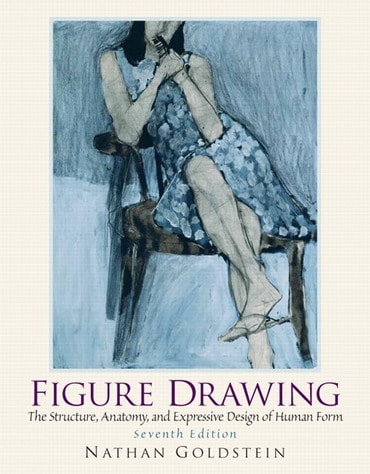
Figure Drawing: The Structural Anatomy and Expressive Design of the Human Form, 7th edition
Published by Pearson (February 2, 2010) © 2011
- Nathan Goldstein
Price Reduced From: $226.65
Title overview
Appropriate for all beginning and intermediate courses in Art, Basic Drawing, Figure Drawing, or Life Drawing.
Providing a concise but comprehensive survey of all matters pertaining to drawing the human figure, this well-illustrated and accurate guide demonstrates the interplay of structure, anatomy, design, and expression in sound figure drawing. This text shows how the integration of these four factors is essential in drawing the figure in a compelling and lucid manner.
